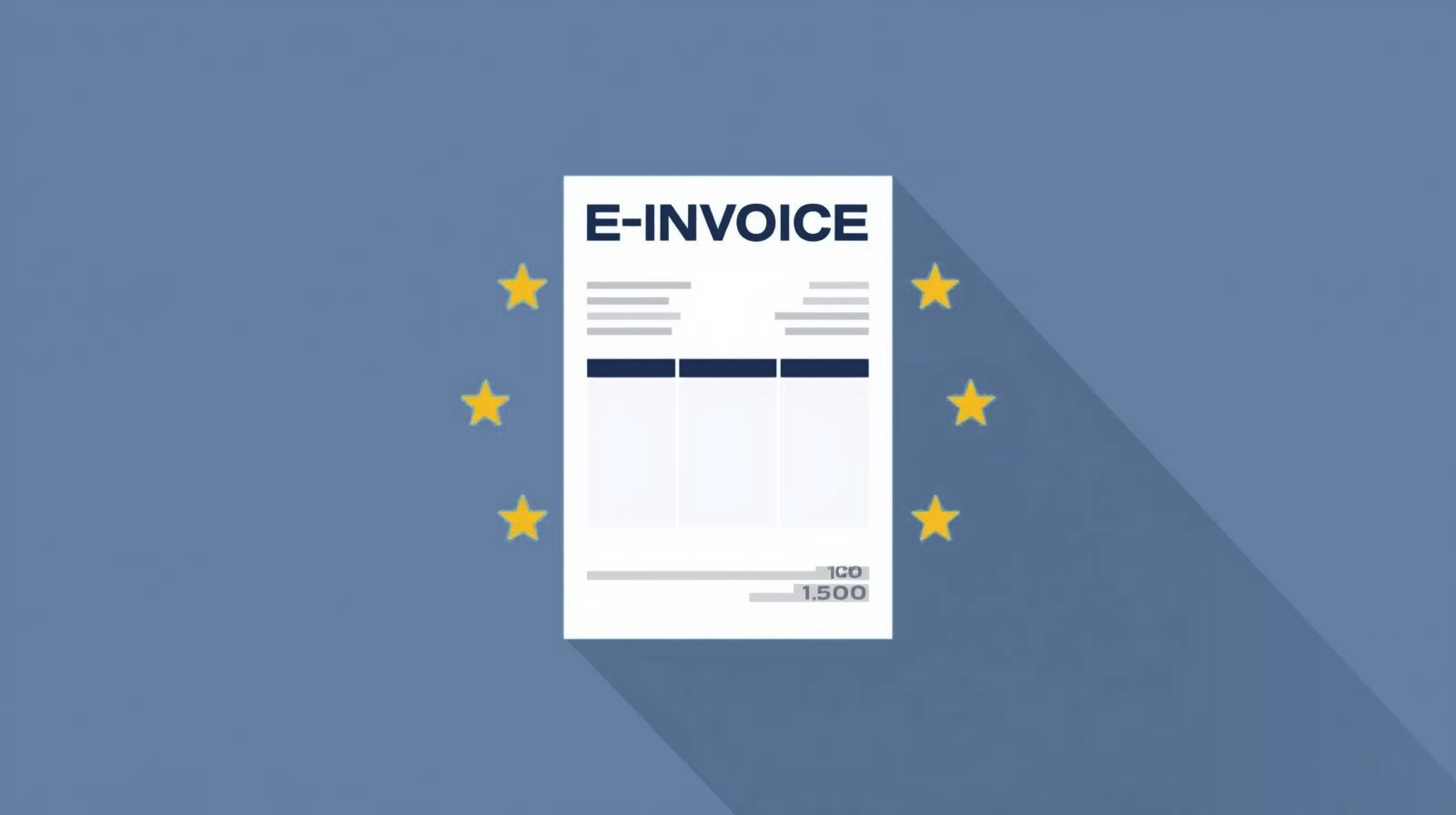
Account groups form a finer subdivision within the account classes. They are used to categorise related accounts within an account class and to bundle the chart of accounts more structured and clearer.
Structure:
The hierarchical structure of a chart of accounts is organised as follows:
- Account class
- Account group
- Individual account (posting level)
Numbering:
Account groups are usually managed with a two-digit number, with the first digit defining the associated account class.
Examples:
- in the Industry Chart of Accounts (ICA) account class 0 ("Property, plant and equipment") can be divided into groups such as "Operating and office equipment" (account group 08). An account such as "Vehicle fleet" (e.g. account number 084) then belongs in this account group.
- In the cost accounting account groups are possible according to cost centres (e.g. account group 93), internal services (e.g. account group 96) or cost units (e.g. account groups 94/95).
Account groups in SAP Business One:
The term "account group" is not explicitly used in SAP Business One, but the system is recognisable:
- The concept of Title accountswhich act as a superordinate structure, fulfils a similar function.
- the Group data for the balance sheet and income statement enable a structured allocation of accounts.
- Business partners can also be categorised into groups - a functional parallel to account grouping.
Versino Financial Suite
the Versino Financial Suite significantly increases efficiency, transparency and quality when dealing with account groups in SAP Business One. Companies benefit from faster analyses, more reliable financial statements and a clearer presentation of financial data at all hierarchy levels in the chart of accounts. This leads to better control, fewer errors and more time for strategic financial decisions.
Purpose:
Account groups make a significant contribution to organising complex charts of accounts according to objective criteria. This not only facilitates the financial accountingbut also the business evaluation and analysis.

Verifactu in Spain: the new invoicing obligation

The e-invoicing regulations in Europe

Versino Financial Suite V09.2025 for SAP Business One

Accounting outsourcing: Why it pays off for SMEs

CANDIS for SAP Business One
